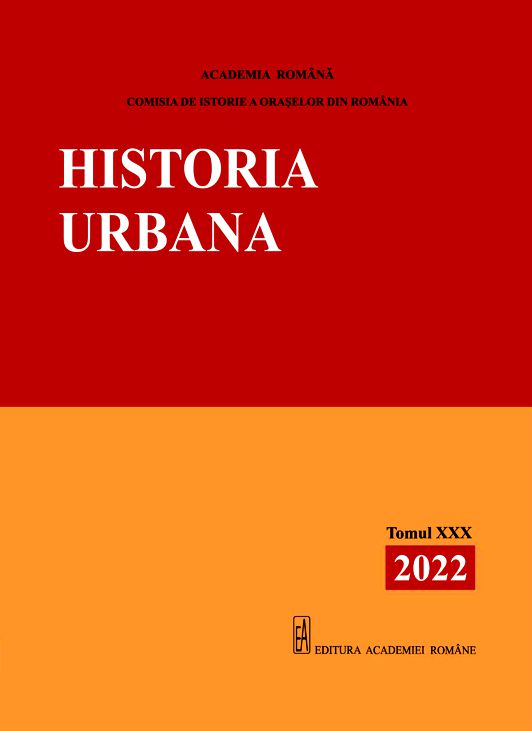Procesul de urbanizare a zonei Viilor din București ca impact al dezvoltării industriei între a doua jumătate a secolului al XIX lea și începutul secolului al XX-lea
The Urbanization Process of Viilor Area in Bucharest as an Impact of the Industry Development between the Second Half of the 19th Century and the Beginning of the 20th Century
Author(s): Valeriu-Eugen DrăganSubject(s): Architecture, Local History / Microhistory, 19th Century, Pre-WW I & WW I (1900 -1919)
Published by: Editura Academiei Române
Keywords: Bucharest; urbanization; Viilor area; Filaret; railway station; functional segregation; urban pole of interest;
Summary/Abstract: In time the historical evolution of an urban settlement can take either a coherent and predictable course or one characterized by syncope generated by natural disasters (earthquakes, volcanic eruptions, floods, etc.) or by human actions (bombings, authoritarian and even dictatorial decisions, etc.). In the medium term, the consequences of these syncope manifested in the historical evolution of cities lead to reconstruction measures, which generally modify the traditional urban tissue and represent important factors of urban development at the same time. A particular case of the development process of cities is the integration in their infrastructure of new technologies, which in certain situations can lead to the polarization of interest in that area. One such example is the urban impact produced by the appearance of the first railway station in Bucharest in 1869. Located in an area of the city based exclusively on agricultural production, Filaret Railway Station has been a strong catalyst for developing several industries and urban housing. Starting with the second half of the nineteenth century, this aspect led relatively quickly both to the urban restructuring, through the transformation of the Viilor area, and implicitly to the development of Bucharest. Thus, the city’s development and modernization process are based on a functional segregation mechanism different from the one structured in the medieval era. In that historical period, the production function was associated with the commercial and the residential ones on the same plots. These were grouped almost exclusively around the Royal Court and on some important city streets.
Journal: Historia Urbana
- Issue Year: XXX/2022
- Issue No: 30
- Page Range: 75-90
- Page Count: 16
- Language: Romanian
- Content File-PDF

